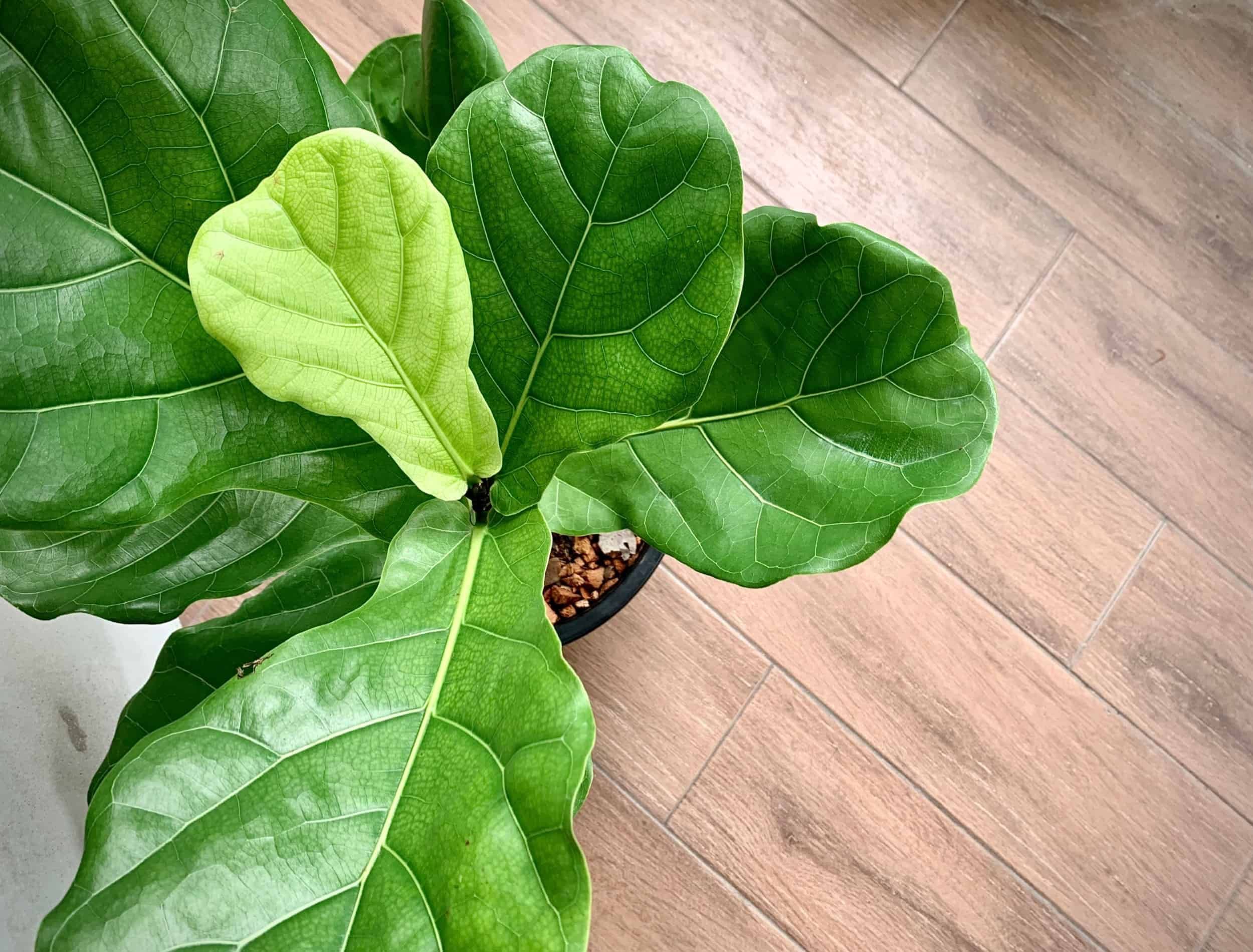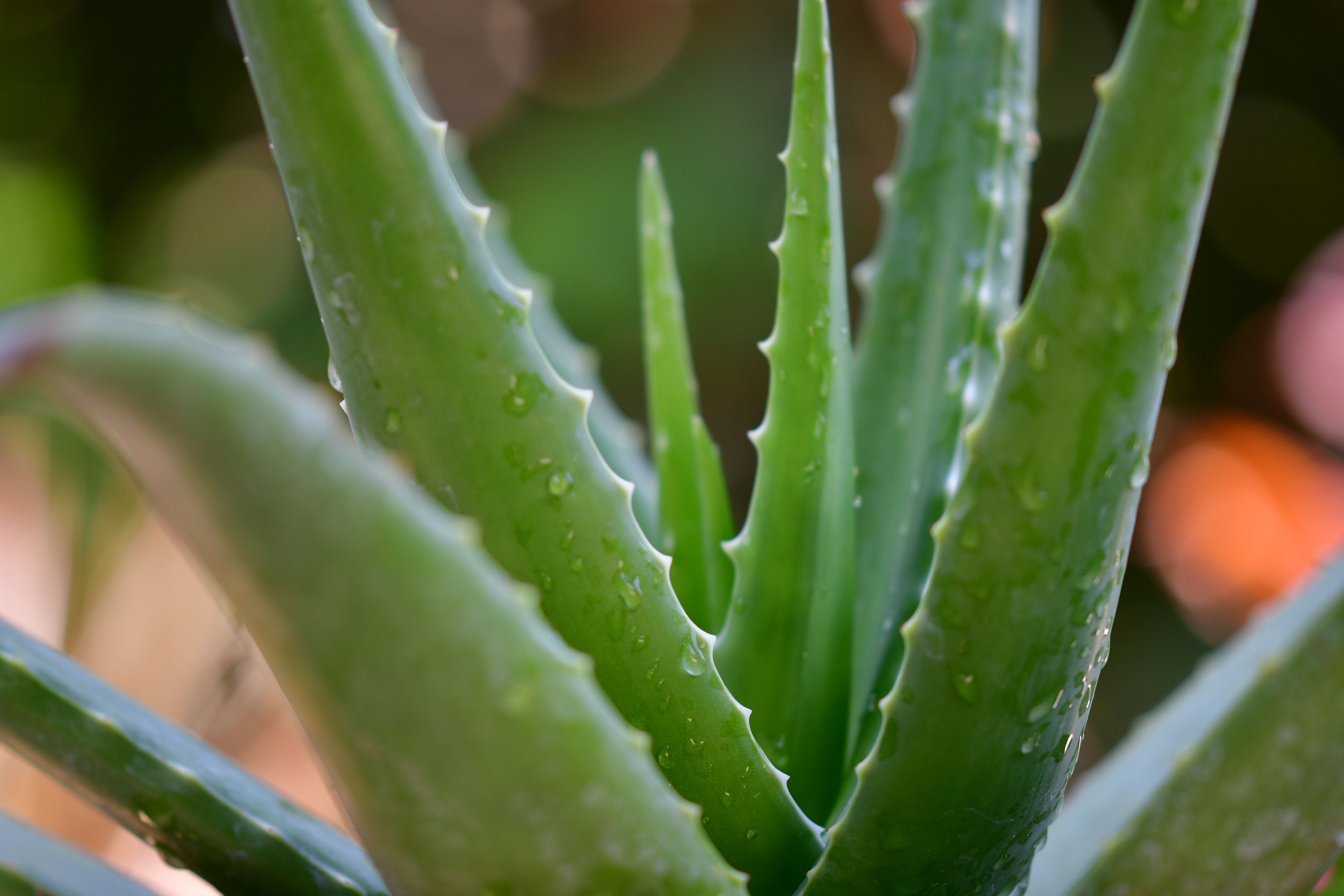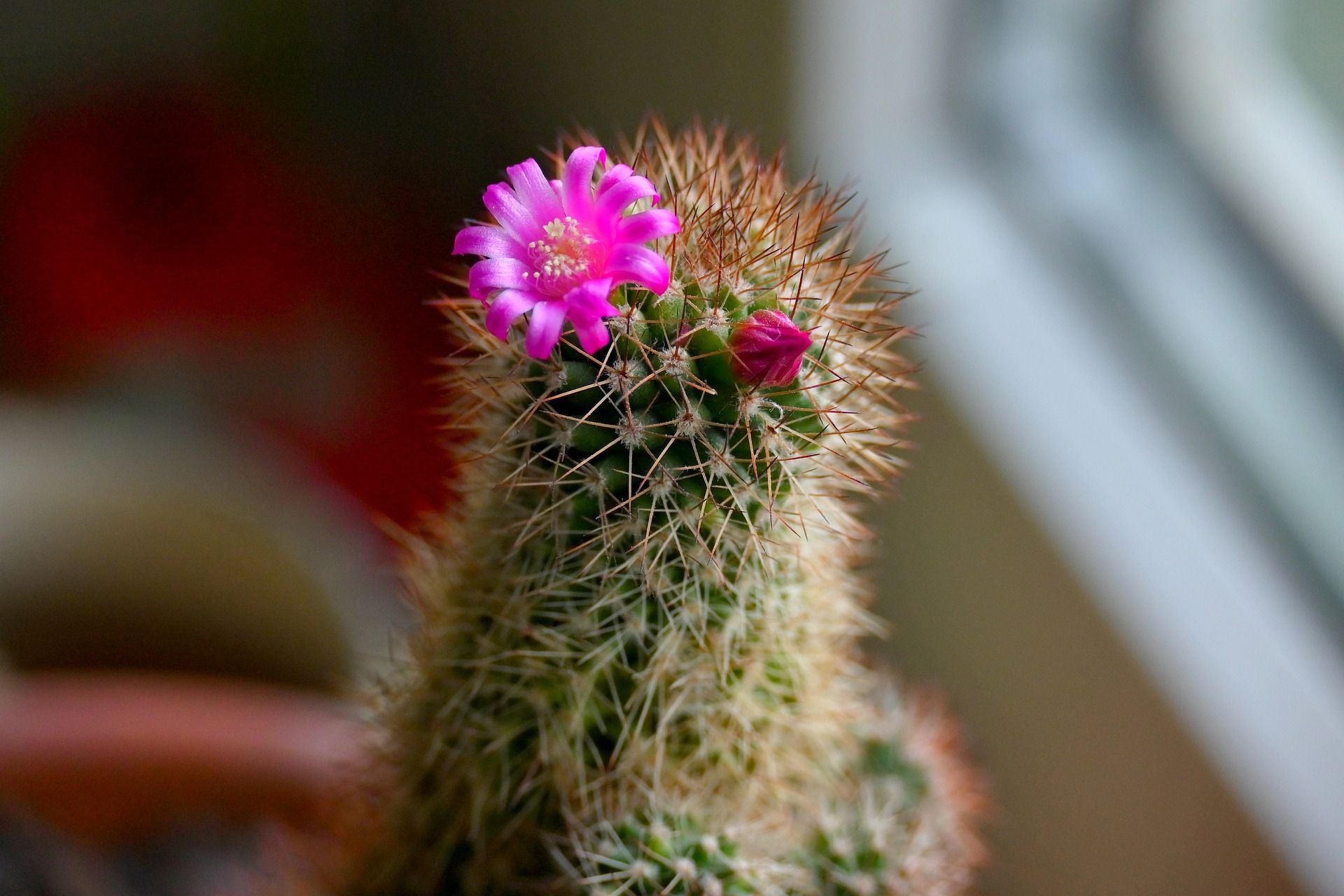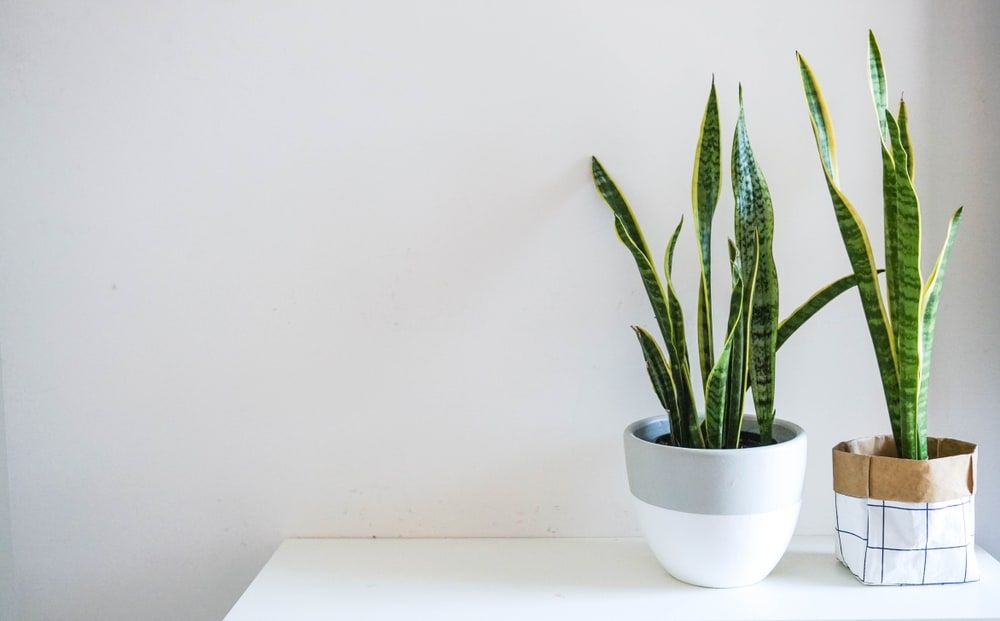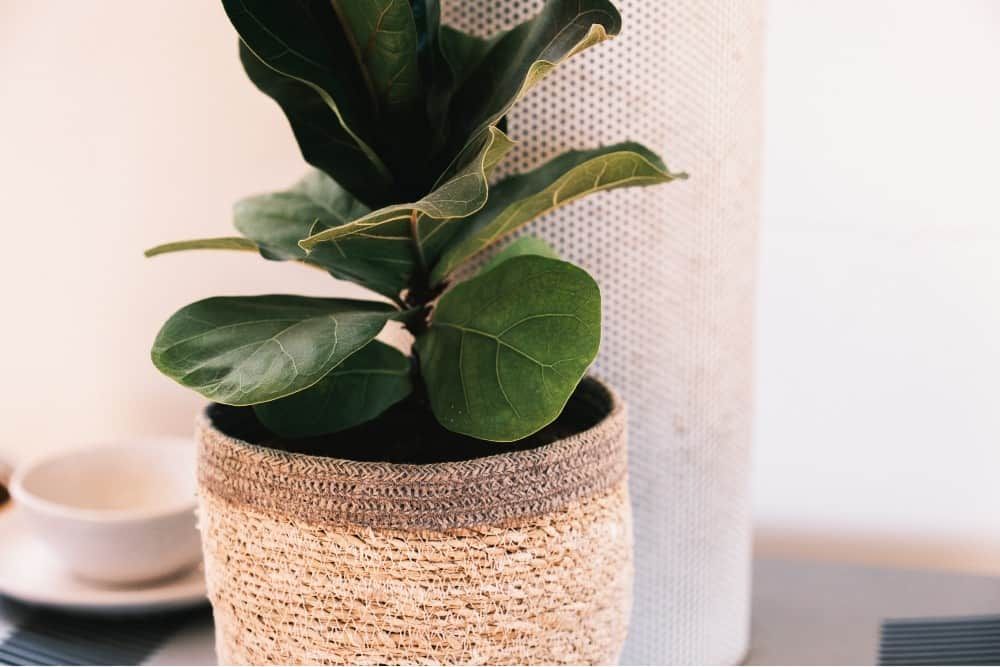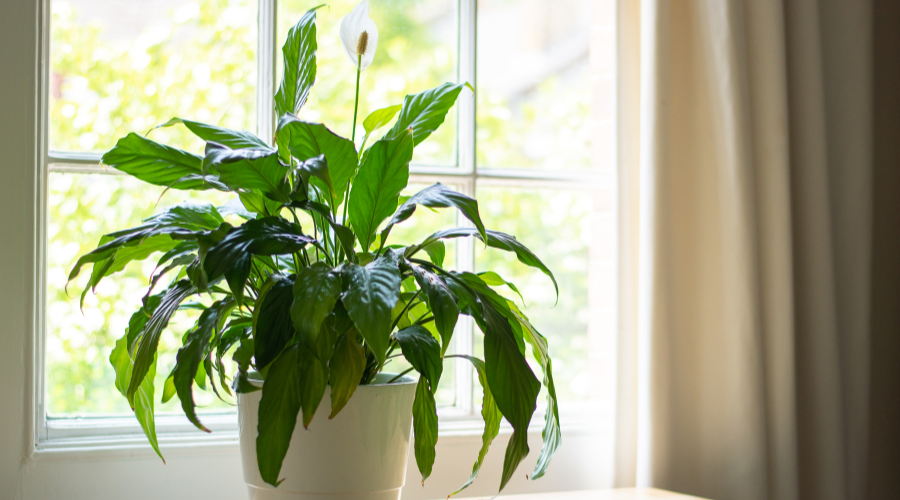If you're like most people, you may think that all houseplants need is a little light and some water to thrive. But did you know that some plants prefer shady spots, while others would rather be in direct sunlight? And what about the placement of your plants? Just because a plant can tolerate low humidity levels doesn't mean it should be near the kitchen sink!
In order to get the most out of your houseplants, it's important to understand their needs and place them in the right spot. So, if you're not sure where to put your cactus, or you're wondering if your fiddle leaf fig needs more sun, keep reading for tips on how to correctly position your plants.
Aloe Vera
Image credits: Pisauikan via Unsplash
Aloe vera is a popular succulent houseplant that is easy to care for. However, many people make the mistake of putting their aloe vera plant in the wrong spot.
When choosing a location for your aloe vera plant, it is important to consider the amount of light the plant will receive. These succulent plants need bright, indirect sunlight in order to thrive - at least six hours per day. If you live in a climate with intense sun, it is best to place your aloe vera plant in a spot that receives morning sun and afternoon shade.
Another important factor to consider when choosing a location for your aloe vera plant is the temperature. Aloe vera plants prefer warm temperatures (not too hot, as it can scorch the leaves) and can be damaged by cold weather. If you live in a climate with cold winters, it is best to place your aloe vera plant near a south-facing window or in a room that receives supplemental heat.
Cactus
Image credits: roro36 via Pixabay
If you have a cactus and it's not doing well, it might be because you're not giving it the right conditions. Cacti need full sun, good drainage, and room to grow. Here are some tips on where to put your cactus so it will thrive.
The first thing to consider is light. Cacti need full sun to do well. If you live in an area with low light, your cactus will likely struggle. Place your cactus near a south-facing window if possible - If you can't do that, try using grow lights. Your living room might be the ideal place.
Cacti are also used to low humidity. Because these are dessert plants, many beginner gardeners think heat is best but this can do more harm then good. So, rethink your cacti placement and stay out of the humidity of the bathroom!
Finally, consider the size of your cactus. Some cacti can get quite large, so make sure you have enough room for it to grow.
Snake Plant
Image credits: merindadesigns via Shutterstock
It's easy to love snake plants; They're low maintenance, they look good in any type of decor, and they can even help purify the air. But if you're not careful, you can easily put them in the wrong spot. Here are some tips on where to place your snake plant so it will thrive.
Snake plants do best in bright, indirect light. If you place them in direct sunlight, they will start to yellow, and their leaves will scorch. They prefer a warm environment - if it's too cold, their leaves will turn brown and drop off.
Finally, make sure you choose the right pot for your snake plant. They prefer to be slightly pot-bound, so go for a pot that's only slightly larger than the root ball. If you put them in a pot that's too big, they will start to flop over, and their leaves will turn yellow.
Fiddle Leaf Fig
Image Credits: Lachlan Ross via Pexels
Fiddle leaf figs are a beautiful, popular type of houseplant. They are often used as decoration in homes and office buildings because of their large, glossy leaves. However, fiddle leaf figs can be finicky plants, and they require specific care in order to thrive. One important aspect of care for fiddle leaf figs is choosing the right location for them.
Fiddle leaf figs need bright, indirect light with some direct sun, in order to grow well. If you don't have a lot of natural light in your home, they can tolerate partial shade. Or, you can opt for grow lights to provide your plant with what it needs. Just be sure to position the grow lights so that they don't shine directly on the leaves of the plant, as this can cause burning.
Fiddle leaf figs prefer warm temperatures, so they may not do well in a very cool room with air conditioning or a massive cross breeze.
They like humid conditions, so avoid very dry rooms. If your home is on the drier side, you can increase the humidity around your plant by placing it on a pebble tray or using a humidifier.
With proper care, fiddle leaf figs can make beautiful, long-lived houseplants. Just be sure to choose the right location for them and provide proper care.
Peace Lily
Image credits: Grumpy Cow Studios via Canva
If you want your peace lily to thrive, you need to give it the right environment. Here’s what you need to know about peace lily care, including the best place to put a peace lily in your home.
When it comes to light, peace lilies are one of the few houseplants that actually prefer filtered sunlight. That means they do best in indirect light. In fact, peace lilies are one of the few flowers that bloom in low light. If you put them in a spot that gets direct sun, they’ll start to yellow and wilt.
The best place to put a peace lily is near a window that gets plenty of light but isn’t in direct sunlight. If you don’t have a spot like that in your home, you can also put your peace lily under fluorescent lights. Just make sure you keep the lights on for at least 10 to 12 hours a day.
Peace lilies also like humid conditions. If the air in your home is too dry, your peace lily will start to droop. To create a more humid environment for your peace lily, you can put it on a pebble tray, use a humidifier, or keep the plant in your bathroom.
If you keep these peace lily care tips in mind, you’ll have a happy and healthy plant that will thrive for years to come.
Picture Perfect
So, whether you're just starting out with houseplants or you've been caring for them for years, it's important to understand their needs and give them the right care.
By following these tips, you can make sure your plants are healthy and thriving!
Do you have any tips or tricks that we didn't mention? Let us know in the comments below – we would love to hear from you!

